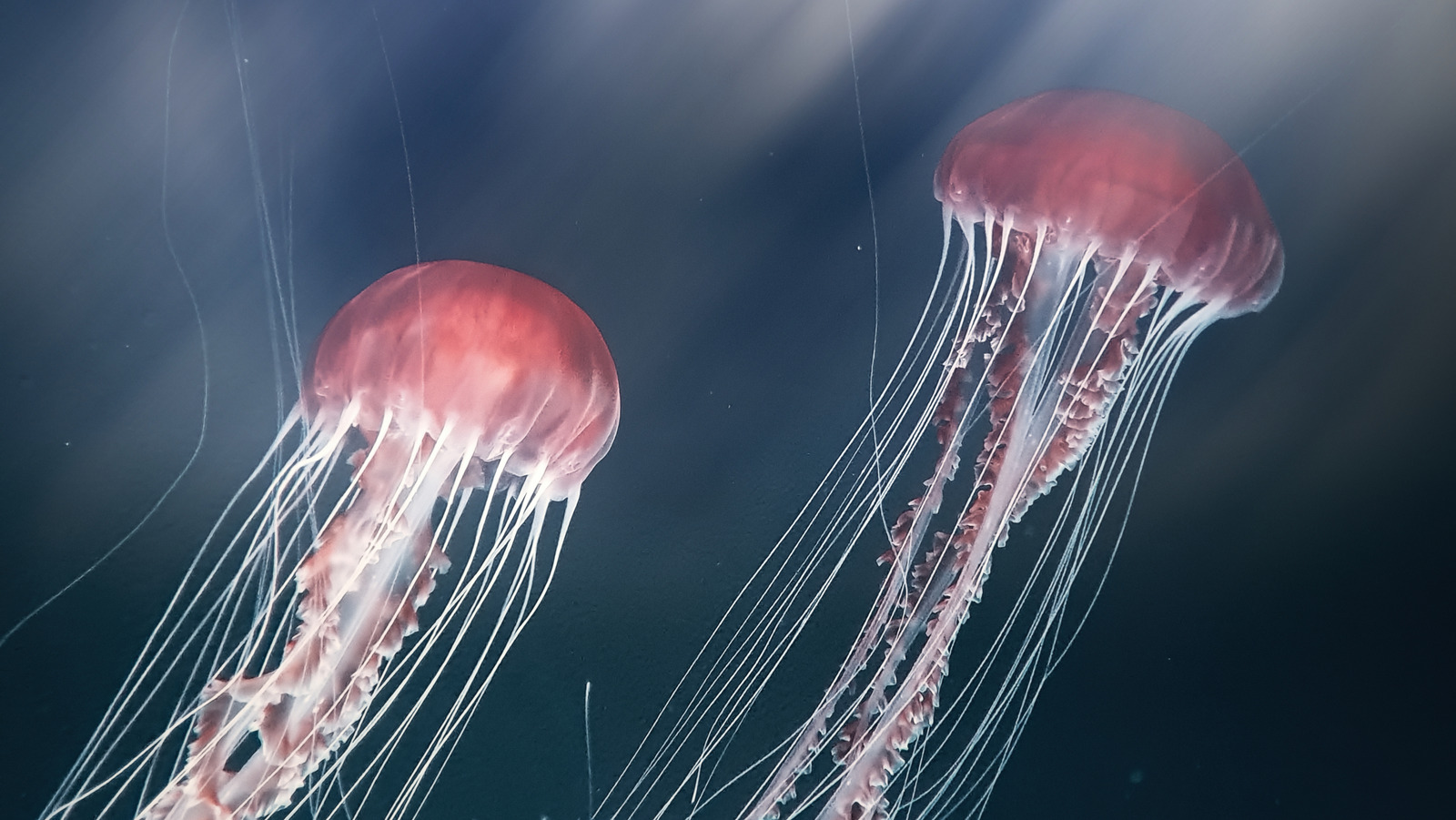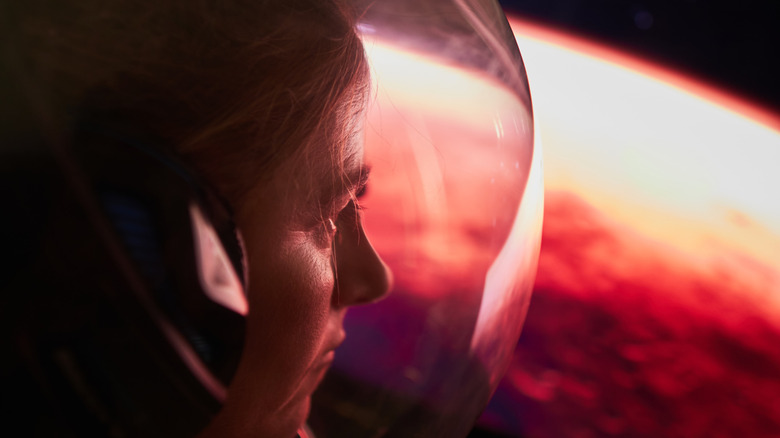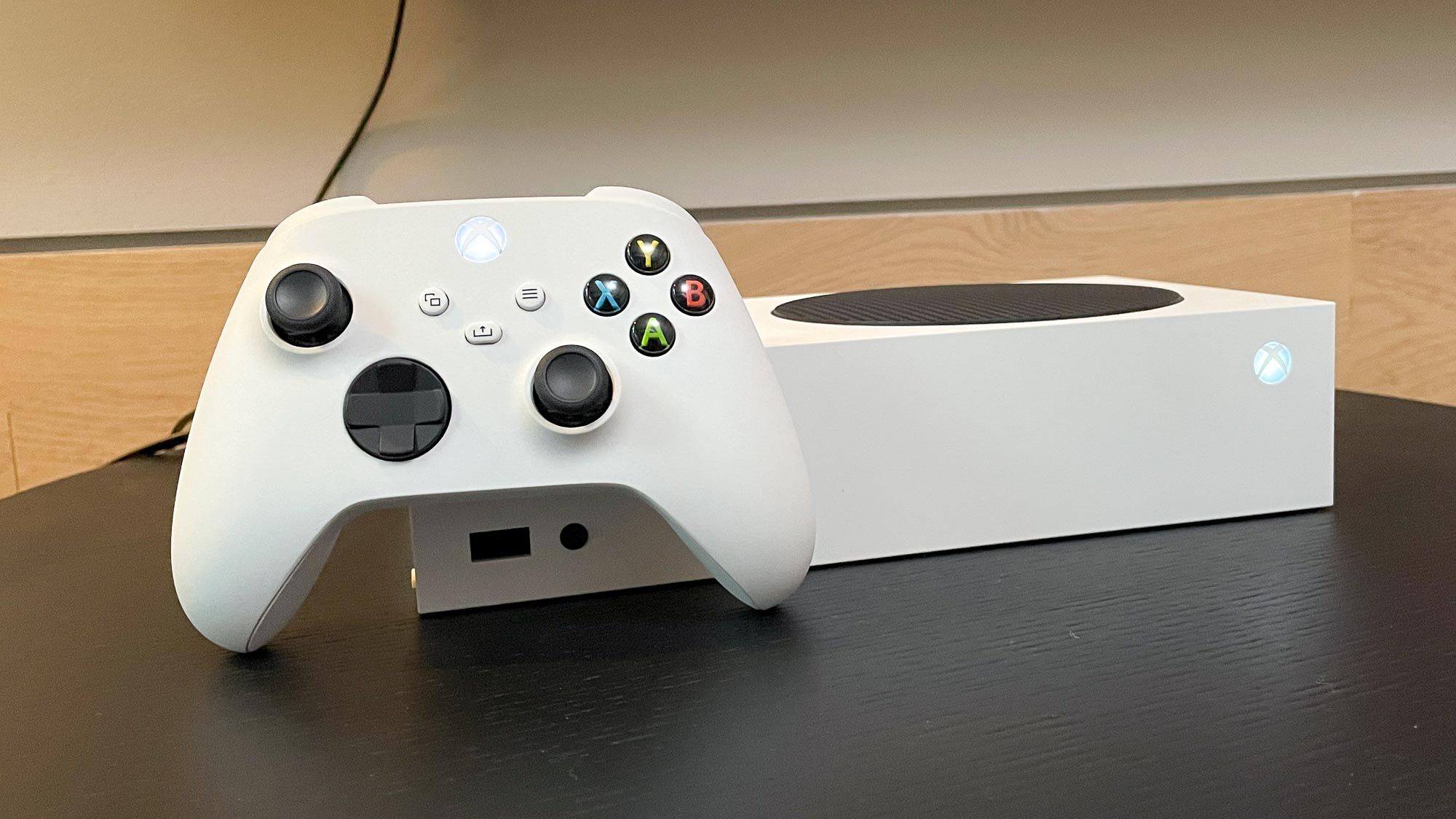Project Hyperion, a global competition launched in 2024, challenged engineers, researchers, and architects to develop “plans” for generational spaceships that could be used to carry humanity to other planets like Mars and even beyond our own solar system to possibly habitable planets. While many of the entries are exactly what you’d expect from a futuristic spaceship, one design in particular has drawn quite a bit of attention.
The design, which is titled “Systema Stellare Proximum,” takes the idea of a hollowed out asteroid core and fills it with a unique jellyfish-like design for the spaceship. The result is a unique approach to space travel that integrates both technological advancements like AI and human enhancements. But the other part that made the proposal unique is that the creators behind it even went so far as to account for the future of AI in space travel, as well as how the emergence of entirely new religions might help govern the crew of the ship as it rocketed through the stars.
“While various other nuances exist, every design choice was directly informed by natural systems, deliberately favoring minimalism to reduce complexity and risk of failure,” the team behind Systema Stellare Proximum wrote in a statement.
Telling a story through the ship’s design
The entire idea behind Project Hyperion was to challenge the teams to create a multi-generational ship that could provide a habitat for up to 1,500 people over centuries of travel. Additionally, the design needed to provide artificial gravity for the crew using rotational designs. They also needed to provide information about society as a whole, which had to include details about providing essentials like clothing, shelter, and the meeting of basic human needs.
Further, the project required that the teams provide concepts for robust life systems for water, food, waste, and a habitable atmosphere. Essentially, the ship had to be able to sustain the humans onboard as they traveled from Earth to Mars or even beyond. While Systema Stellara Proximum is a bit different from what you might expect from a design of this nature, the team behind it actually managed to win third place in the competition with the design.
Not only does it meet all the requirements that the team set at the start of the competition, but the members involved also showed how humanity would interact with each other and even told a story using their design — including some bits about how the medical system wasn’t designed for the heavy lifting it eventually had to handle during a crisis.
Using elements of the design to get to Mars
These kinds of designs are great because they look at new ways to approach an ongoing cosmic issue — getting humanity to Mars and even beyond our own solar system. While a ship as large as Systema Stellare Proximum might be a bit overkill for that trip, engineers could use the design to create a smaller ship that addresses some of the problems humanity faces as we strive to put the first humans on the Red Planet.
The use of rotational gravity systems alone could help address one of the biggest concerns facing the extended mission time it takes to get to Mars, as without nuclear rockets we could be looking at roughly six months of travel time. Additionally, the project here suggested using AI-powered systems to navigate the stars, another concept that could help with our journey to Mars, as ChatGPT-piloted rockets have already proven feasible.
Considering scientists are still learning how space affects the human body, future missions will want to ensure that whoever travels to Mars will be able to withstand the stress of the journey. Part of that is understanding the risks, while another part is ensuring there are ways to mitigate those risks.
Despite its size and scope being a bit overkill, the overall design could prove worth exploring as a way to transport human colonizers to the surface of the Red Planet while also ensuring they have everything they need to survive the trip and thrive once they arrive.










